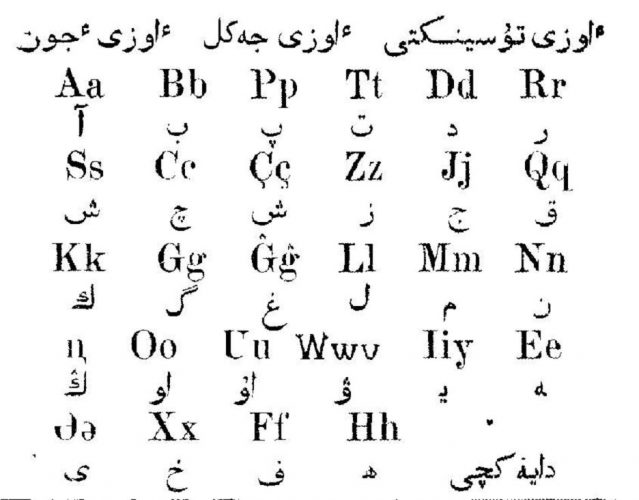By Sarah-Claire Jordan
 With all that is going on in and around Turkey, it would make sense that we would see an increase in the demand for translations from Turkish into other languages. Turkish itself is mutually intelligible with many other Turkic languages, but the majority of the population still speaks Turkish. This means most media coverage and important information will be written and conveyed in Turkish, making it the language that is important to focus translating efforts on.
With all that is going on in and around Turkey, it would make sense that we would see an increase in the demand for translations from Turkish into other languages. Turkish itself is mutually intelligible with many other Turkic languages, but the majority of the population still speaks Turkish. This means most media coverage and important information will be written and conveyed in Turkish, making it the language that is important to focus translating efforts on.
Arabic is another language that is a hot topic lately, and for similar reasons. The refugee crisis is affecting many Arabic speakers, and of those speakers, many are, or have, found at least temporary refuge in Turkey. However, Arabic is not one of the languages that Turkish is mutually intelligible with, so translators of this language set (Turkish to Arabic and vice versa) are in high demand.
What are some of the challenges of translating Turkish in general? There are several, but let’s look at the most obvious ones. First of all, Turkish is an extremely complex language that is also agglutinative, meaning it is easy and common to create words simply by adding on different endings. This means the Turkish lexicon is forever growing, making translating it into any language a bit tricky at times.
The agglutinative nature of Turkish also causes issues when it comes to formatting a document originally written in Turkish. Longer Turkish words might work perfectly with the original format, but then changing it to suit the target language, in this case Arabic, poses some interesting challenges in and of itself.
Turkish did originally use a writing system based on the Arabic writing system, but after the founding of the Republic of Turkey, a new writing system was created based on the Latin alphabet. This means that Turkish went from being read the same way as Arabic to not being read like Arabic at all. A Turkish source document would have to be flipped and completely reformatted to fit the Arabic target language, meaning extra work for any Turkish to Arabic translator.
Though most of the time Arabic is written using its writing system, many times, especially online, it is written using symbols on a regular QWERTY keyboard. This mostly happens online, such as on social media sites like Facebook, as some people don’t have the plug-ins or software necessary to support the Arabic script when commenting and posting online. This does, however, pose yet another challenge for Turkish to Arabic translators, especially if they translate things on social media. Knowledge of how to write in Arabic using Latin characters and symbols would solve that issue.
Lastly, Turkish is a language that is very conscious of politeness, meaning there are many different kinds of second-person pronouns that reference class, age, and even familiarity. These are not present in Arabic, and so must be dealt with accordingly when translating from Turkish to Arabic. All in all, however, Turkish and Arabic are not as different from each other as many other language pairs, which means translators should be able to get Arabic-speaking refugees the information they need.




